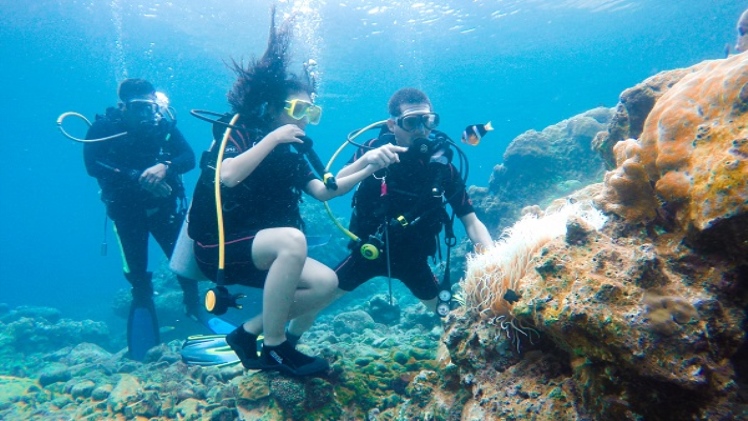It is commonly known that the diver’s mistake is to blame for the majority of scuba diving accidents and incidents. This observation is particularly applicable for new divers as they are just starting to explore and learn to widen their comfort zone and develop their diving skills.
Although even skilled divers and novices sometimes make errors, most of the time the penalties only have an influence on how well the divers are trained and what gears they use which they purchased from their preferred Scuba Diving Shop. However, some diver mishaps could go beyond basic discomfort and shame to financially devastating mistakes or even worse.
Although there is no set order in which of the most frequent mistakes are mentioned, by explaining some of the possible health hazards and difficult diving conditions, this guide may help you avoid them.
Excessively striving to equalize your ears, or not at all.
Scuba divers must equalize the air gaps in their bodies as they descend below the surface, notably the air-filled portions of the ears. New divers usually fail to comprehend equalization techniques and frequently try very hard and too late.
Before the pressure builds up, the method of equalization should commence at the level and be repeated regularly, particularly during the first six meters of fall. The highest pressure differential occurs here, from low compressed air above sea level to greater pressure below the surface of the ocean, which may induce a “squeeze.”
Too rapid to ascend to the surface.
In scuba diving, it’s believed that you should ascend more slowly than your slowest bubble. The fact that you’re avoiding a rapid ascent is signaled by an ascent that is slower than your bubbles, even though this has very little technical significance.
For amateur divers, climbing too swiftly is a crucial concern that could have harmful implications. It is fairly tough for a beginner to control and/or slow down a rapid rise once it has started.
Many novice divers may panic when confronted with a difficult situation underwater, causing them to quickly ascend to the surface.
Causing damage to diving gear and aquatic life.
The potential damage that scuba divers do to vulnerable marine life below the surface is a matter of some debate, but it is far from the most detrimental activity to our priceless ecosystems. The marine ecosystem can’t afford any more damage at this point.
The first few dives with new scuba gear from their favorite scuba diving shop may be challenging and tiring for divers. These trial dives should be performed on a hard surface, such sand, and far away from any coral.
Even though most fins are made of plastic and rubber, it only takes one misdirected kick to damage years of coral growth. Dive gauges and hoses should be compact and easy to attach to the scuba gear to minimize dragging and damage to the regulator. It is important to know what are the proper gear to purchase from your chosen scuba diving shop to avoid misfits, too large, and uncontrollable gears.
Role models and conscientious dive instructors discourage touching, taunting, or harassing marine life since it poses a risk to both the diver and the animal.
To stroll about with diving fins on!
It never fails to surprise me how many divers, both new and experienced, have trouble finding their way to the dive deck when wearing fins purchased from their preferred scuba diving shop on a diving boat.
It makes perfect sense to put on your fins just before you enter the water, whether you’re on a dive boat or on land. If you must walk while wearing diving fins, the safest way to do it is to walk slowly backwards.
Ignoring the necessary safety precautions before entering the water
Yet one of the simplest ways to avoid a diving tragedy—the “Buddy Check” before a dive—is often disregarded. Most new dives will not experience all of the aforementioned problems at once.
This one-minute inspection might potentially “save a dive” just before you enter the water. Your friend’s equipment is set up differently than yours, since you may have a different scuba diving shop where you purchased your gears, so you should check it out too, just in case you need to make any modifications for him or take it away.
This safety check is drilled into newbie divers as the foundation of dive safety and problem avoidance.

